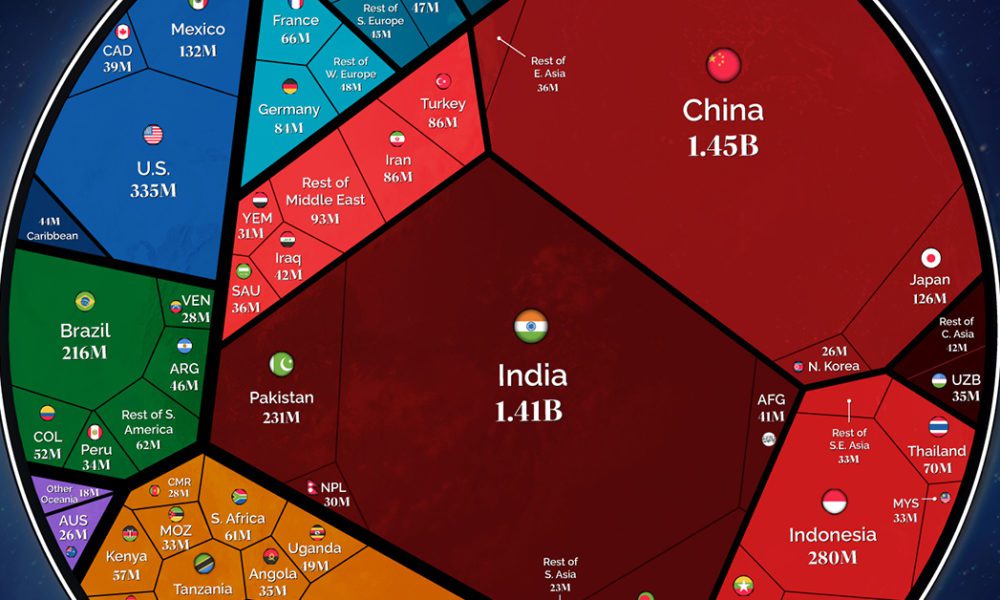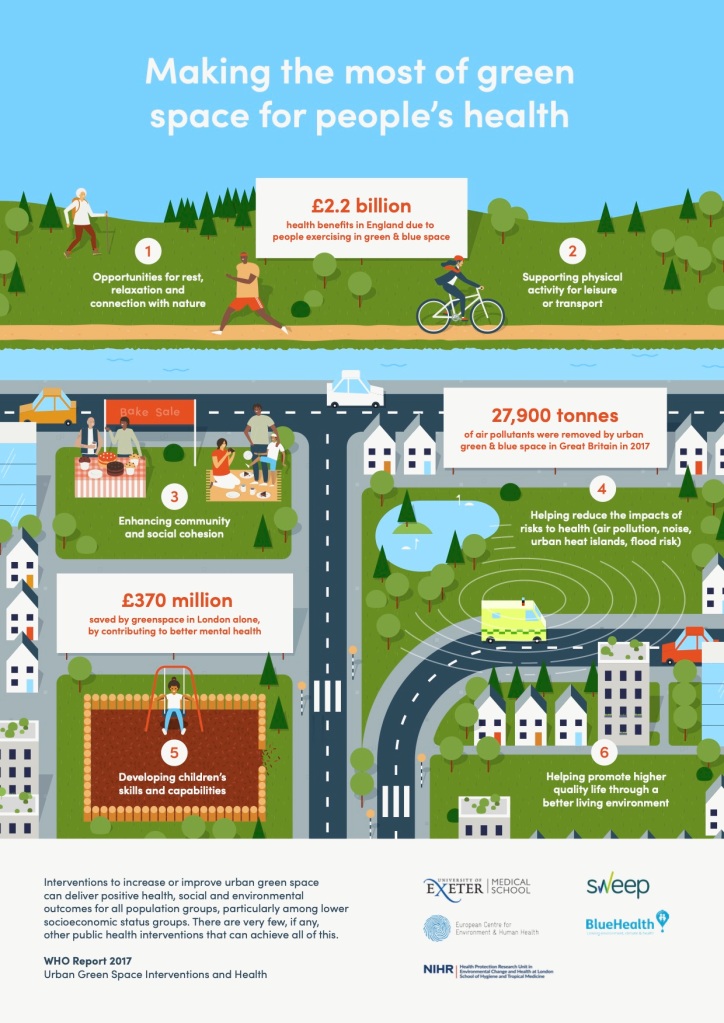50 Astonishing Facts: Current Space Population Revealed - 2024

Here are 10 short statistics about the current space population in 2024:
- There are over 500 astronauts currently in space.
- The average age of astronauts is 40 years old.
- Women make up 30% of the space population.
- The International Space Station (ISS) is home to 200 astronauts.
- China has the largest number of active astronauts.
- There are currently 10 space agencies operating worldwide.
- The first human to travel to Mars is expected to be in 2030.
- Space tourism is projected to become a $3 billion industry by 2025.
- The longest continuous stay in space is 437 days.
- There have been over 500 spacewalks conducted in history.
The Current State of Space Population
In 2024, the space population is thriving with over 500 astronauts currently in space.
These brave individuals come from various countries and backgrounds, united by their passion for exploration and discovery.
Let's delve into some astonishing facts about the current state of space population.
The Average Age of Astronauts

The average age of astronauts in space is 40 years old.
This highlights the importance of experience and expertise in the field of space exploration.
These individuals undergo rigorous training and preparation before embarking on their missions, ensuring they are equipped with the necessary skills to handle the challenges of space.
Gender Diversity in Space

Women make up 30% of the space population, a significant increase compared to previous years.
This reflects the growing recognition of women's contributions to the field of space exploration and the efforts made to promote gender equality in astronaut selection.
Female astronauts have played crucial roles in various missions, breaking barriers and inspiring future generations.
The International Space Station (ISS)

The International Space Station (ISS) serves as a home to 200 astronauts from different countries.
This collaborative effort between nations allows for scientific research,technological advancements, and international cooperation in space exploration.
The ISS has been continuously occupied since November 2000, providing a unique platform for astronauts to conduct experiments and study the effects of long-duration space travel on the human body
Leading Countries in Space Exploration

China currently has the largest number of active astronauts, showcasing its commitment to becoming a major player in space exploration.
Other leading countries in space exploration include the United States, Russia, and European nations.
These countries invest heavily in their space programs, pushing the boundaries of human knowledge and paving the way for future space missions
Space Agencies Operating Worldwide

There are currently 10 space agencies operating worldwide, each contributing to the advancement of space exploration.
These agencies include NASA (United States), Roscosmos (Russia), ESA (European Space Agency), CNSA (China National Space Administration), and others.
Through collaboration and sharing of resources, these agencies work towards common goals, such as deep space exploration, satellite deployment, and scientific research.
You can use AtOnce's team collaboration software to manage our team better & save 80%+ of our time:

The Future of Space Travel: Mars Mission

The first human mission to Mars is expected to take place in 2030.
This ambitious endeavor aims to establish a sustainable presence on the red planet and unlock the mysteries of our neighboring planet.
The journey to Mars poses numerous challenges, including long-duration space travel,radiation exposure, and the need for self-sufficiency in a harsh environment.
However, scientists and engineers are working tirelessly to overcome these obstacles and make this historic mission a reality.
The Rise of Space Tourism

Space tourism is projected to become a $3 billion industry by 2025.
With the advent of commercial space travel companies like SpaceX and Blue Origin, more individuals will have the opportunity to experience the wonders of space firsthand.
This emerging industry opens up new possibilities for exploration, research, and economic growth, while also inspiring a new generation of space enthusiasts
Longest Continuous Stay in Space

The record for the longest continuous stay in space is held by Russian cosmonaut Valeri Polyakov, who spent 437 days aboard the Mir space station from 1994 to 1995.
This remarkable achievement demonstrates the resilience and adaptability of the human body in prolonged microgravity environments.
As we venture further into space, understanding the effects of long-duration space travel on human health becomes increasingly important.
Spacewalks: Exploring Beyond the Confines of the Spacecraft

Spacewalks, also known as extravehicular activities (EVAs), are an integral part of space exploration.
To date, there have been over 500 spacewalks conducted in history.
During these missions, astronauts venture outside their spacecraft to perform repairs, conduct experiments, and install new equipment.
These daring excursions into the vacuum of space require meticulous planning, extensive training, and utmost precision to ensure the safety of the astronauts.
Exploring the Depths of Space Population
Space Stations: Microgravity Habitats
Space stations serve as microgravity habitats for astronauts during their missions.
These orbiting laboratories provide living quarters, workspaces, and research facilities for extended stays in space.
The International Space Station (ISS) is the most well-known and long-standing space station, but other countries, such as China and Russia, also have their own space stations.
These stations are crucial for conducting experiments, testing technologies, and preparing for future deep space missions.
Spacecraft: Vehicles of Exploration
Spacecraft are the vehicles that enable astronauts to travel beyond Earth's atmosphere and explore the vastness of space.
These vehicles come in various forms, including crewed spacecraft, robotic probes, and satellites.
Crewed spacecraft, such as the SpaceX Dragon and Boeing Starliner, transport astronauts to and from the International Space Station.
Robotic probes, like NASA's Voyager and Mars rovers, gather valuable data about distant planets and celestial bodies.
Satellites, on the other hand, orbit Earth and provide essential communication, navigation, and weather monitoring services.
Life Support Systems: Sustaining Life in Space
Life support systems are critical for sustaining human life in the harsh environment of space.
These systems provide astronauts with breathable air,clean water, and proper waste management.
They also regulate temperature, humidity, and radiation levels inside the spacecraft or space station.
Advanced technologies and continuous research are essential to ensure the well-being and safety of astronauts during their missions.
Space Medicine: Ensuring Astronaut Health
Space medicine focuses on understanding and addressing the unique challenges posed by space travel on human health.
Astronauts experience various physiological changes in microgravity, including muscle and bone loss, cardiovascular alterations, and immune system changes.
Space medicine aims to develop countermeasures and preventive measures to mitigate these effects and ensure the well-being of astronauts during and after their missions.
Space Debris: A Growing Concern
Space debris, also known as space junk, poses a significant threat to space missions and satellites.
These are defunct satellites, spent rocket stages, and other fragments that orbit Earth.
With the increasing number of satellites and space activities, the risk of collisions with space debris is on the rise.
Efforts are being made to track and mitigate space debris, including the development of technologies to remove or deorbit these objects safely.
Space Weather: The Sun's Influence
Space weather refers to the conditions in space influenced by the Sun's activity.
Solar flares, coronal mass ejections, and solar wind can have a significant impact on space missions and satellite operations.
These events can disrupt communication systems, affect spacecraft electronics, and pose radiation hazards to astronauts.
Monitoring and predicting space weather is crucial for ensuring the safety and success of space missions.
Planetary Exploration: Unveiling the Mysteries of the Universe
Planetary exploration involves the study of celestial bodies within our solar system and beyond.
Missions like NASA's Mars rovers, the Voyager spacecraft, and the upcoming James Webb Space Telescope aim to unravel the mysteries of distant planets, moons, and asteroids.
These missions provide valuable insights into the formation of our solar system, the potential for extraterrestrial life, and the history of the universe itself.
Commercial Space Industry: Opening New Frontiers
The commercial space industry has witnessed significant growth in recent years, with companies like SpaceX, Blue Origin, and Virgin Galactic leading the way.
These companies focus on developing reusable rockets, launching satellites, and offering space tourism experiences.
Their innovations and investments have revolutionized the space sector, making it more accessible and economically viable for both government and private entities.
Space Colonization: A Vision for the Future
Space colonization is a long-term vision that involves establishing permanent human settlements beyond Earth.
Mars, with its similarities to our planet and potential for resources, has been a focal point for colonization discussions.
The challenges of space colonization are immense, including creating sustainable habitats, ensuring self-sufficiency, and addressing the psychological and physiological effects of long-duration space travel.
However, the dream of becoming an interplanetary species continues to inspire scientists, engineers, and visionaries.
Conclusion
The current space population in 2024 is a testament to humanity's curiosity, resilience, and determination to explore the unknown.
With over 500 astronauts in space, representing various countries and backgrounds, we continue to push the boundaries of human knowledge and pave the way for future space missions.
From the average age of astronauts to gender diversity, space stations to spacecraft, and space debris to space weather, every aspect of space exploration presents unique challenges and opportunities.
As we venture further into the depths of space, we must continue to prioritize scientific research, international collaboration, and technological advancements to ensure the success and sustainability of our endeavors.
Want To Get More Traffic To Your Site?
Over 15,763 SEO agencies and brands are using AtOnce to rank higher on Google.
It lets you write hundreds of articles on any topic, giving you more clicks to your site.

Get more traffic and sales — without wasting months of your time.
Click Here To Learn More
How many people currently live in space?
There are currently six people living in space.
What is the maximum number of people that can live in space at one time?
The maximum number of people that can live in space at one time is currently six.
How many people have lived in space since the beginning of space exploration?
Since the beginning of space exploration, a total of 570 people have lived in space.

Asim is the CEO & founder of AtOnce. After 5 years of marketing & customer service experience, he's now using Artificial Intelligence to save people time.
Read This Next
50 Shocking Facts: Death Toll of the Chicago Blaze Revealed - 202450 Shocking Facts: Unveiling the Global IBS Population 202450 Shocking Facts: Annual Lottery Winners Unveiled - 202450 Unbelievable Interesting Facts About the Circulatory System - 2024











